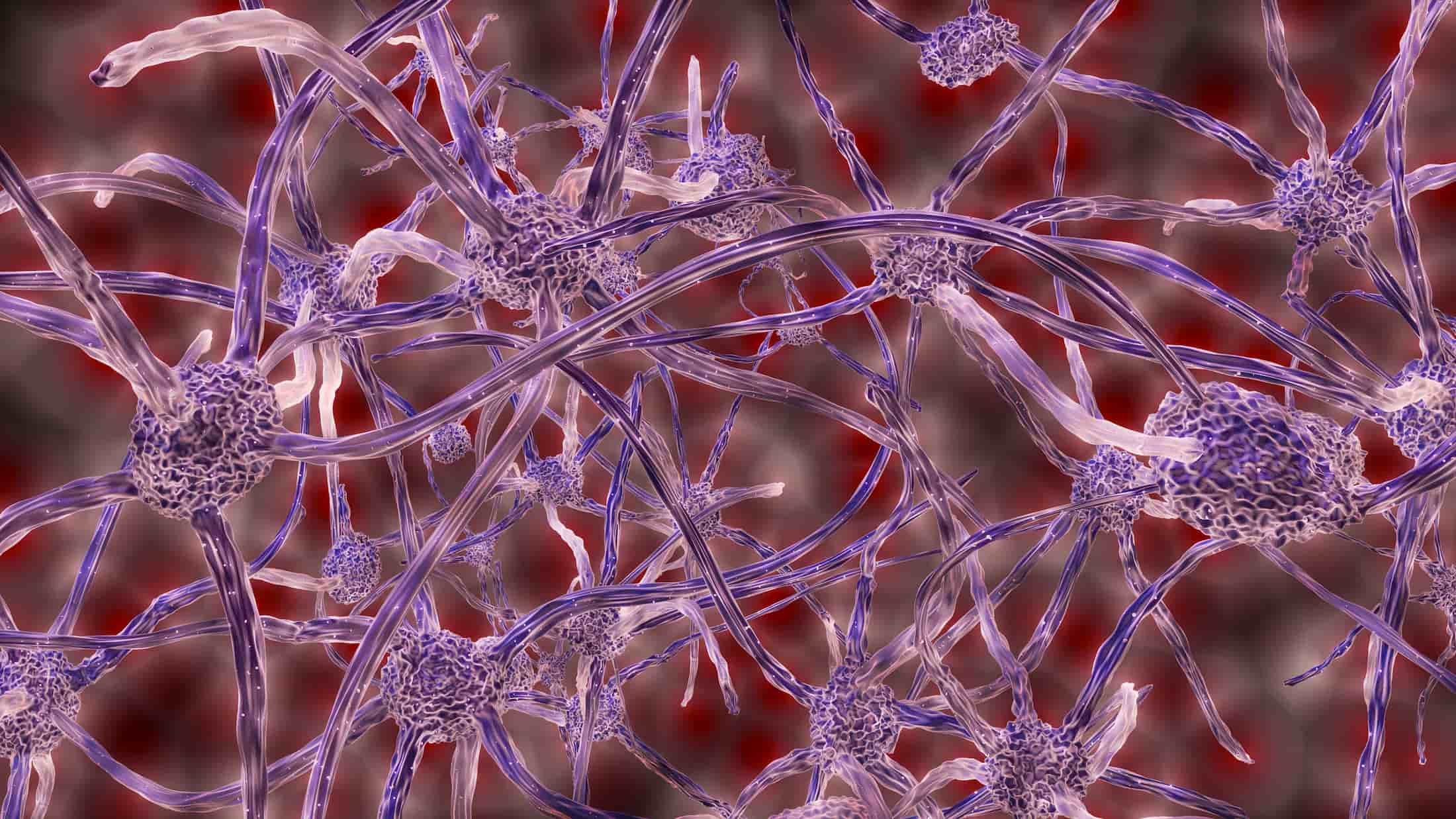The National Institutes of Health’s (NIH) Stimulating Peripheral Activity to Relieve Conditions (SPARC) program awarded a University of Michigan project $1 million in funding to develop “highly-compliant microneedle arrays for peripheral nerve mapping.”
NIH’s SPARC program seeks to research and develop how nerves interact with organs in order to develop treatments and therapies for diseases, including hypertension, heart failure, diabetes, and gastrointestinal disorders.
The U-M team’s project director and principal investigator is John Seymour, Assistant Research Scientist in Electrical and Computer Engineering.
Cindy Chestek, Assistant Professor of Biomedical Engineering, Eusik Yoon, Professor of Electrical Engineering and Computer Science, and Tim Bruns, Assistant Professor of Biomedical Engineering, are also principal investigators on the project.
“The goal of this project is to develop a high-fidelity, stable nerve interface for mapping the electrical activity in the peripheral nervous system,” says Seymour. Such a device could improve the ability to monitor nerve activity during long-lasting experimentation.
To achieve this, they will combine the current solutions of highly compliant substrates with dense needle-like electrodes. The project hopes to determine how effective the device is and how easy it is use. The Bruns lab will demonstrate this new technology in the study of the nerves that control the bladder to help better understand bladder dysfunction.
The project utilizes experts across engineering disciplines. “Our electrical and computer engineering team is developing axon-sized microneedles capable of recording very small signals inside of nerves,” Seymour explains.
OUR ELECTRICAL AND COMPUTER ENGINEERING TEAM IS DEVELOPING AXON-SIZED MICRONEEDLES CAPABLE OF RECORDING VERY SMALL SIGNALS INSIDE OF NERVES.John Seymour, Assistant Research Student
Similarly, the Chestek lab will develop carbon-based threads in a novel form factor to reduce the damage to nerves and the foreign body response to the implantable sensor array.
Yoon also leads another project to map the central nervous system, Multimodal Integrated NeuroTechnology (MINT), funded by $7.75 million from the National Science Foundation’s NeuroNex program. Seymour and Chestek are co-investigators on the project, which focuses on demonstrating and distributing neural technology for experimentation. This includes Brainbow, a process to genetically modify brain cells so that they produce different fluorescent tags, optoelectrodes, which can fire microscopic LEDs to excite a neurons, and tissue clearing, which can replace fatty tissue with a clear gel and give a transparent view of neuron structure.
Credits:
